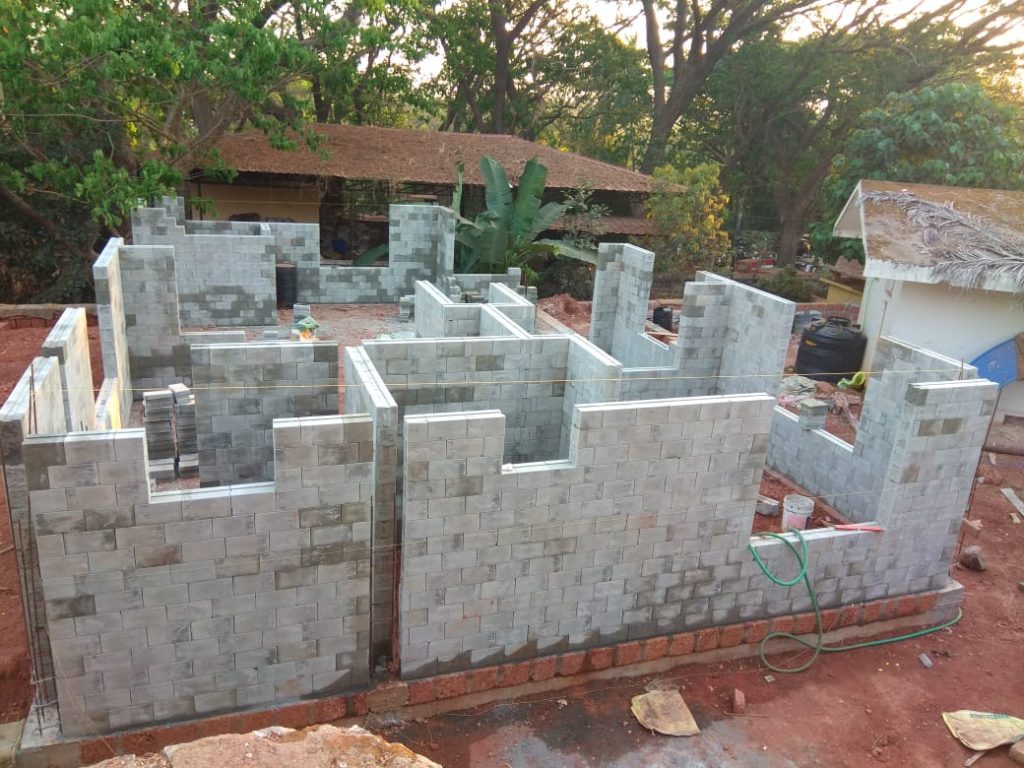Interlocking bricks differ from conventional bricks in that they do not require mortar for wall construction. They are designed so that each stone can be interlocked with the others via a key and locking mechanism. Learn all about the pros and cons of Interlocking bricks in this Udayam Pavers Article
Types of Interlocking Bricks
There are different types of interlocking tiles, such as paving interlocking tiles, interlocking wall tiles, landscaping interlocking tiles, retaining wall interlocking tiles. in the construction industry.
Earthquake Resistance
One of the main advantages of Interlocking Brick is its excellent earthquake resistance. Earthquakes cause various stresses on structures. Conventional bricks were unable to withstand seismic loads as they could not be transferred to the structure in the same way.
Only mortar can carry seismic loads, and if the mortar fails, the entire structure will fail. At the same time, the self-locking pattern is equipped with interlocking tiles to evenly transmit seismic forces throughout the structure.
Elimination of plastering Another notable advantage of
Interlocking bricks is the elimination of plastering. This saves time and money compared to conventional wall construction. Plastering can be completely hidden by a smooth prefabricated brick design.
A thin layer of paint will give the wall a smooth finish. Building walls with these self-designed bricks will give you a clean finish and significantly reduce maintenance costs.
Cooler Interior
Dense brick walls typically provide a warmer interior. This translates to resisting air flow, resulting in warmer indoors, because the denser bricks are denser.
Interlocking bricks, on the other hand, are less dense than traditional tiles and offer better air circulation. Therefore, building walls with these bricks will make the room cooler. This eliminates the need for air conditioning, minimizes power consumption, and saves money.
Unskilled Low Labor
Skilled Workers are required to build walls with traditional bricks. Therefore, it is difficult for unskilled workers to put up traditional walls.
On the other hand, unskilled workers can easily learn the construction process when combining tiles. Additionally, less workers are required to build with these bricks. This also keeps labor costs to a minimum. This is a huge advantage for entrepreneurs.
Minimize Cost and Time
By eliminating the construction process, you can significantly reduce the cost of purchasing cement, sand, stone dust and mortar. In addition, labor and transportation costs can also be reduced.
In addition, the build process is time efficient. Conventional bricks typically take 21 days to harden, while interlocking bricks only take 7 days to harden. No plastering required, saving money and time.

